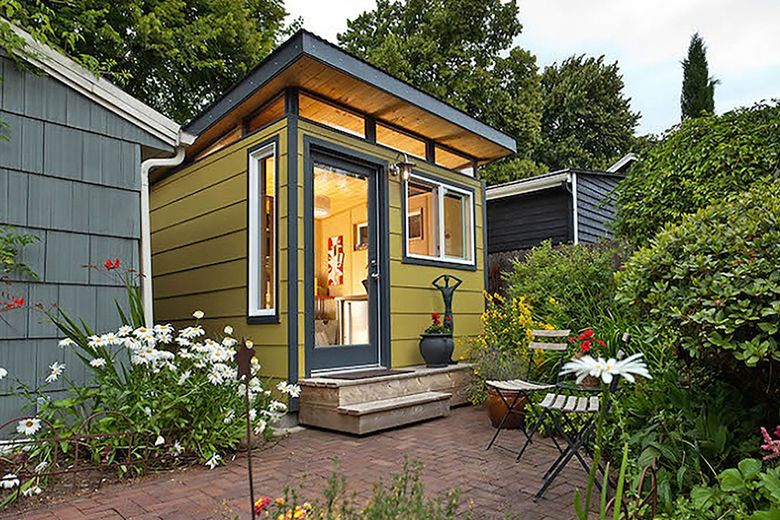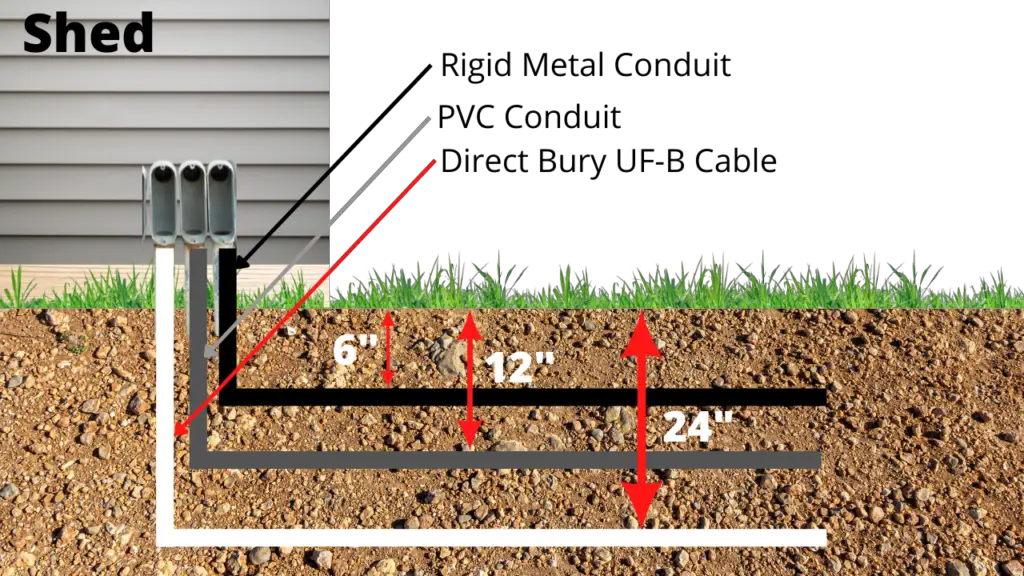Imagine a world where you can let your imagination run wild and construct any type of structure your heart desires without having to deal with permits and regulations. Well, in Washington, there is actually a limit to how big you can go without needing official approval. Whether you’re dreaming of adding a shed to your backyard or building a small cabin in the woods, find out the largest structure you can build hassle-free in the state of Washington. Get ready to explore the endless possibilities of what you can create within the bounds of the law.
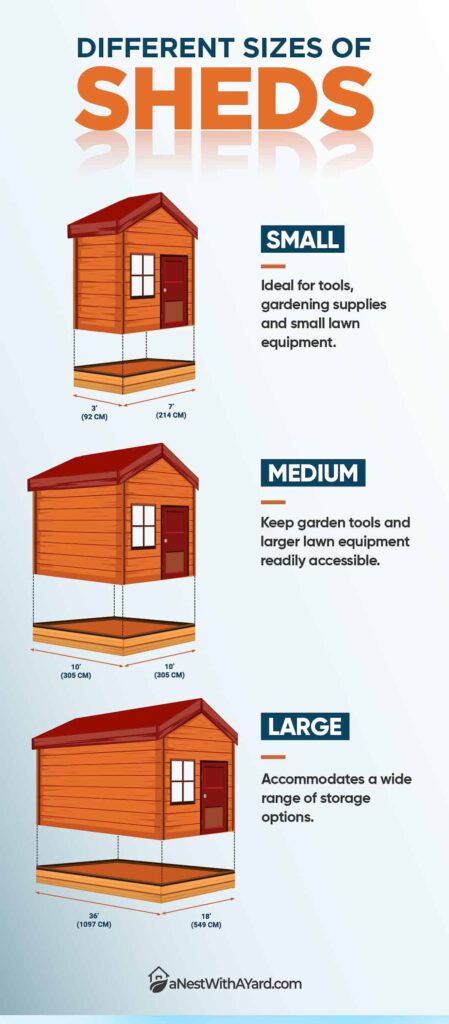

Residential Structures
Background
When it comes to constructing residential structures in Washington, it is important to familiarize yourself with the regulations and guidelines in order to ensure compliance and avoid potential issues. Whether you are planning to build a new home or make additions to an existing one, understanding the rules and restrictions will help streamline the process and ensure a smooth construction experience.
General Guidelines
Before embarking on any residential construction project, it is crucial to determine whether you need to obtain a permit. Typically, any structural addition or alteration to a residential property requires a permit. This includes, but is not limited to, new home construction, renovations, and improvements. However, there are certain structures that you can build without a permit.
Maximum Size Limitations
When it comes to determining the maximum size limitations for residential structures, it is essential to consider factors such as the zoning regulations, lot size, and building codes specific to the area. While the size limitations for residential structures without a permit can vary between different jurisdictions, it is generally advised to keep these structures within reasonable dimensions to ensure they do not have a significant impact on the neighborhood or violate any local regulations.
Zoning Restrictions
Zoning restrictions play a crucial role in determining the type and size of residential structures that can be built without a permit. Different zones have specific requirements and limitations in terms of setbacks, lot coverage, and height. It is important to familiarize yourself with the zoning regulations in your area before proceeding with any construction project to ensure compliance.
Detached Accessory Structures
Definition
Detached accessory structures refer to secondary buildings or structures that are located on the same property as the primary residential structure but are not an integral part of it. These structures serve as functional extensions to the main residence and can include garages, workshops, storage sheds, and other similar buildings.
Size Limitations
The size limitations for detached accessory structures without a permit can vary depending on local regulations. In Washington, the maximum size for a detached accessory structure that can be built without a permit typically ranges from 120 to 200 square feet. However, it is important to note that these limitations may vary between different counties and jurisdictions, so it is important to consult local regulations before proceeding with any construction.
Location Requirements
When constructing a detached accessory structure without a permit, it is important to ensure compliance with location requirements. In most cases, these structures must be set back a certain distance from property lines, neighboring structures, or public roads. This helps maintain safety, privacy, and aesthetics in the surrounding area. Always check local zoning requirements to determine the specific setback distances for your area.
Design and Construction Standards
While detached accessory structures that do not require a permit may have more relaxed regulations than primary residential structures, it is still important to adhere to basic design and construction standards. These structures should be built to withstand environmental conditions, provide adequate ventilation, and meet any safety requirements laid out by local building codes. Additionally, it is crucial to ensure that the design of the structure complements the overall look and feel of your property.
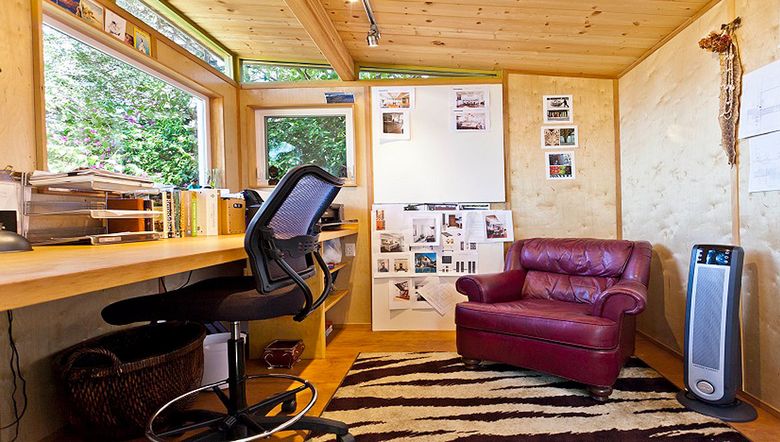

Agricultural Structures
Definition
Agricultural structures encompass a wide range of buildings and structures dedicated to agricultural activities. These can include barns, stables, greenhouses, silos, and other structures designed to support farming and related activities. In Washington, agricultural structures are subject to specific regulations due to their unique nature and potential impact on the environment.
Size Limitations
The size limitations for agricultural structures without a permit can vary depending on local regulations and the specific type of structure. In general, agricultural structures may have more flexibility in terms of size compared to residential structures. However, it is important to check with local authorities to determine the maximum size allowed without a permit before commencing construction.
Zoning and Land Use Requirements
Constructing agricultural structures without a permit still requires adherence to zoning and land use requirements. Agricultural structures are subject to specific zoning designations, and the type and size of the structure may vary depending on the zoning district. It is essential to consult local zoning regulations to understand the specific requirements and limitations for agricultural structures in your area.
Environmental Considerations
Building agricultural structures without a permit does not exempt the builder from environmental considerations. It is important to ensure that these structures have minimal impact on the surrounding environment. This includes proper waste management, minimizing any negative effects on waterways, and protecting natural habitats. Understanding and implementing sustainable practices is crucial when constructing agricultural structures.
Temporary Structures
Types of Temporary Structures
Temporary structures are defined as structures that are not intended to be permanent and are typically used for a limited duration. These can include tents, canopies, scaffolding, and similar structures that serve a temporary purpose.
Duration Restrictions
The duration for which temporary structures can be installed without a permit may vary depending on local regulations. In Washington, temporary structures are generally allowed for a limited period, such as 180 days. It is important to ensure compliance with local regulations to avoid any legal issues or penalties.
Size and Location Guidelines
Temporary structures without a permit are subject to size and location guidelines to maintain safety and aesthetics. While the specific guidelines may vary between jurisdictions, it is generally recommended to keep these structures within a reasonable size and ensure they are not obstructing public roads, obstructing visibility, or posing a hazard.
Permit Exemptions
Certain types of temporary structures may be exempt from requiring a permit, depending on their size, location, and purpose. However, it is important to note that exemptions can vary between different areas, and it is always advisable to consult local building authorities to determine the specific permit requirements and exemptions in your jurisdiction.
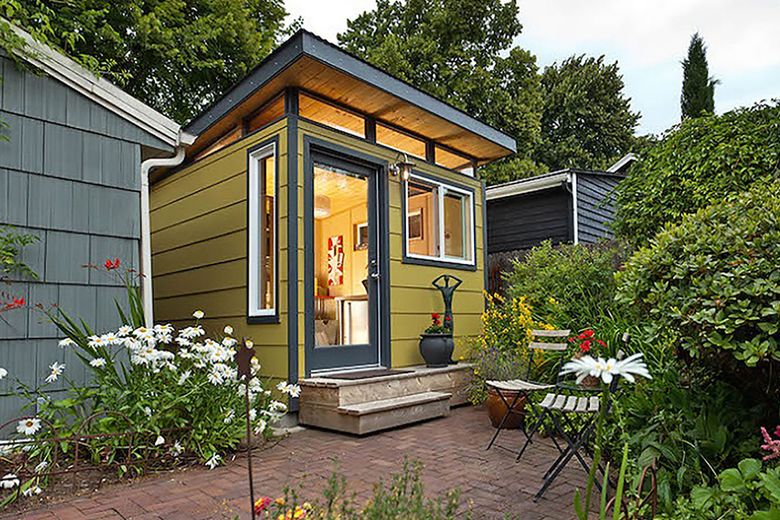

Fences and Walls
Height Limitations
Fences and walls are essential for privacy, security, and delineating property boundaries. However, there are generally height limitations for fences and walls, both with and without a permit. These limitations help maintain uniformity in a neighborhood and prevent obstruction of views and sunlight. In Washington, fences and walls without a permit are typically limited to a height of around 6 feet, but it is important to consult local regulations for specific requirements.
Materials and Design Restrictions
While specific materials and designs for fences and walls without a permit may not be heavily regulated, it is important to ensure that the chosen materials and design are structurally sound and aesthetically pleasing. Consult local regulations to ensure compliance with any specific restrictions regarding material choices or design elements.
Zoning and Setback Rules
Zoning and setback regulations play a significant role in determining the location and placement of fences and walls. It is important to consult local zoning regulations to determine the specific setbacks and boundaries within which fences and walls can be located. This helps ensure compliance and prevent any encroachments on neighboring properties or public spaces.
Exceptions and Variations
In some cases, exceptions or variations to the standard height limitations, materials, and design restrictions for fences and walls without a permit may be allowed, depending on the unique circumstances of a property. These exceptions are typically granted on a case-by-case basis and may require additional documentation or approval. It is advisable to consult local authorities for guidance if you believe your situation warrants an exception or variation.
Decks and Patios
Permit Requirements
Decks and patios can significantly enhance the outdoor living space of a residential property. In Washington, decks and patios typically require a permit if they are attached to the primary residence or exceed a certain size. However, smaller decks and patios that are not attached to the home may be exempt from permitting requirements, but it is essential to verify this with local building authorities.
Construction Standards
Constructing decks and patios without a permit does not eliminate the need to adhere to construction standards. It is important to ensure that the structure is built safely, following recognized construction practices and guidelines. These include considerations such as adequate support, proper anchoring, and appropriate materials to withstand weather conditions and regular use.
Maximum Size Limitations
In Washington, the maximum size at which a deck or patio can be built without a permit can vary depending on local regulations. Generally, smaller decks and patios are exempt from permits, while larger structures will require a permit. To determine the specific size limitations for your area, consult local building authorities and zoning regulations.
Safety Regulations
Safety regulations for decks and patios include considerations such as guardrails, stairs, and handrails to ensure the protection of occupants. While building a deck or patio without a permit may lessen the level of scrutiny, it is important to adhere to these safety regulations to prevent accidents and ensure a secure structure.
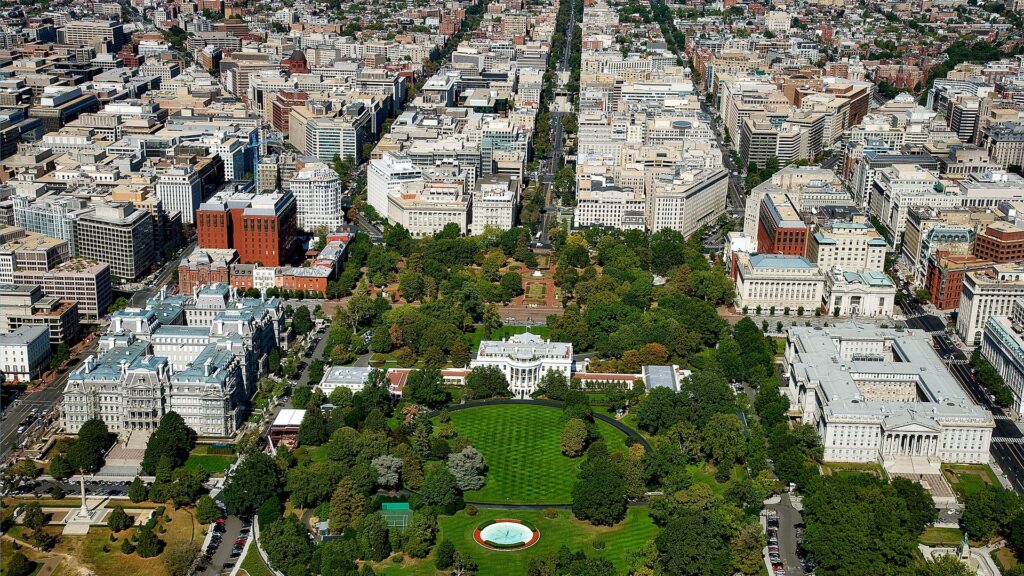

Utility Sheds and Storage Buildings
Permit Exemptions
Utility sheds and storage buildings are essential for homeowners, providing additional space for storage and various other purposes. In some cases, smaller utility sheds and storage buildings may be exempt from permitting requirements. However, it is crucial to confirm the specific exemption criteria with local building authorities before constructing these structures without a permit.
Size Restrictions
The size restrictions for utility sheds and storage buildings that can be built without a permit can vary depending on local regulations. Generally, smaller structures are more likely to be exempt from permitting requirements. To ensure compliance, it is important to consult the specific size restrictions outlined in local building codes and zoning regulations.
Location and Setback Regulations
Even if a utility shed or storage building does not require a permit, it is still subject to location and setback regulations. These structures must typically be set back a certain distance from property lines, neighboring structures, or other specific setbacks. This helps maintain safety, accessibility, and aesthetics in the surrounding area.
Design and Construction Guidelines
Although utility sheds and storage buildings without a permit may not require the same level of scrutiny as permitted structures, it is important to adhere to basic design and construction guidelines. These structures should be constructed with durable materials, maintain structural integrity, and have proper ventilation and lighting to ensure safety and functionality.
Tiny Houses and Accessory Dwelling Units (ADUs)
Permit Requirements for Tiny Houses
Tiny houses have gained popularity as a minimalist living option. In Washington, the regulations regarding tiny houses can vary depending on factors such as their size, location, and intended use. While smaller accessory structures may be exempt from permits, it is crucial to research and consult local building authorities to determine the specific permit requirements for tiny houses in your area.
ADU Regulations
Accessory Dwelling Units (ADUs) are secondary units that can be added to residential properties to provide additional living space. ADUs are subject to specific regulations to ensure safety, compatibility with the neighborhood, and compliance with zoning requirements. It is important to familiarize yourself with local ADU regulations and permit requirements if considering constructing one without a permit.
Size Limitations
The size limitations for tiny houses and ADUs that can be built without a permit can vary depending on local regulations. In general, smaller structures are more likely to be exempt from permits, while larger structures may require a permit. To determine the specific size limitations for tiny houses and ADUs in your area, consult local building authorities and zoning regulations.
Location and Zoning Restrictions
Tiny houses and ADUs are subject to location and zoning restrictions, just like other residential structures. These restrictions help ensure that the structures are compatible with the surrounding area, maintain privacy, and comply with setback requirements. It is important to consult local zoning regulations to determine the specific location and zoning restrictions for tiny houses and ADUs.
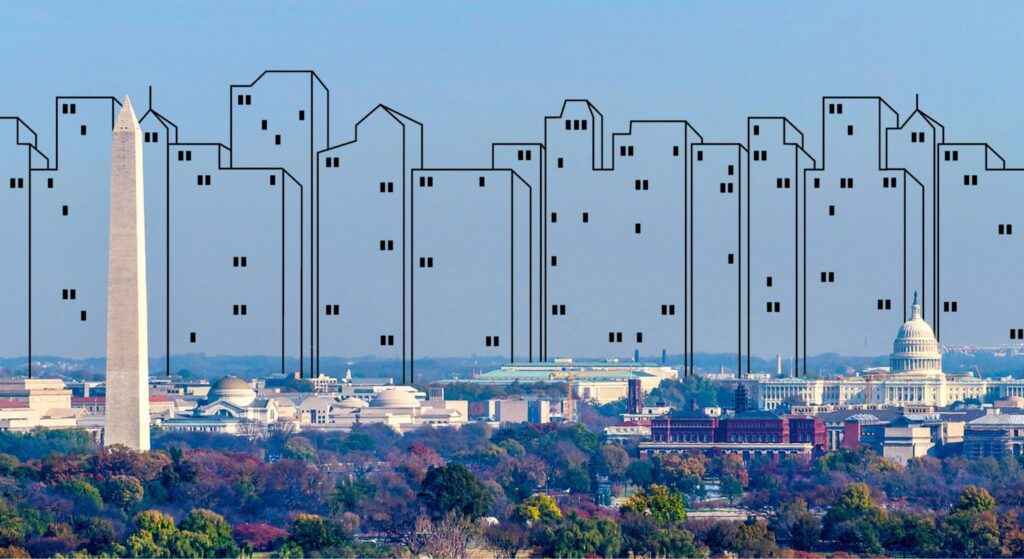

Pergolas and Gazebos
Definition and Purpose
Pergolas and gazebos are structures that are typically built in outdoor spaces to provide shade and create functional and aesthetically pleasing areas for relaxation and entertaining. Unlike permanent structures with walls, pergolas and gazebos generally have an open design, often with latticed or open roofs.
Permit Exemptions
In many cases, small pergolas and gazebos may be exempt from permitting requirements. However, the specific exemption criteria can vary between jurisdictions, and it is important to verify this with local building authorities to ensure compliance.
Size and Location Restrictions
Pergolas and gazebos that can be built without a permit are typically subject to size and location restrictions. The specific limitations on size and setback requirements can vary between different areas, so consulting local regulations is crucial to determine compliance.
Design and Safety Standards
While pergolas and gazebos without a permit may have more flexibility in terms of design features, it is still important to ensure that these structures are built with safety in mind. Adhering to basic construction principles and materials that are able to withstand weather conditions will help ensure the longevity and structural integrity of the pergola or gazebo.
Greenhouses
Permit Guidelines
Greenhouses are structures designed to facilitate plant growth by creating a controlled environment. The regulations and permit requirements for greenhouses can vary significantly depending on factors such as size, location, and whether they are attached to a primary residence. While smaller greenhouses may be exempt from permits, it is important to verify local guidelines before constructing a greenhouse without a permit.
Size and Location Limitations
The size and location limitations for greenhouses that can be built without a permit can vary depending on local regulations. Generally, smaller greenhouses have a higher likelihood of being exempt from permit requirements. To ensure compliance, consult with local building authorities and zoning regulations to determine specific size and location limitations.
Building Codes and Structural Requirements
While smaller greenhouses without a permit may not be subject to the same level of scrutiny as permitted structures, it is still important to consider building codes and structural requirements. Constructing a greenhouse that is structurally sound and able to withstand environmental conditions is crucial for success in plant growth and overall longevity.
Environmental Considerations
Building a greenhouse without a permit does not exempt the builder from considering environmental impacts. It is important to implement sustainable practices, such as proper irrigation and ventilation systems, to minimize water usage and energy consumption. Additionally, taking measures to prevent pesticide runoff and manage waste appropriately are important considerations in greenhouse construction.

